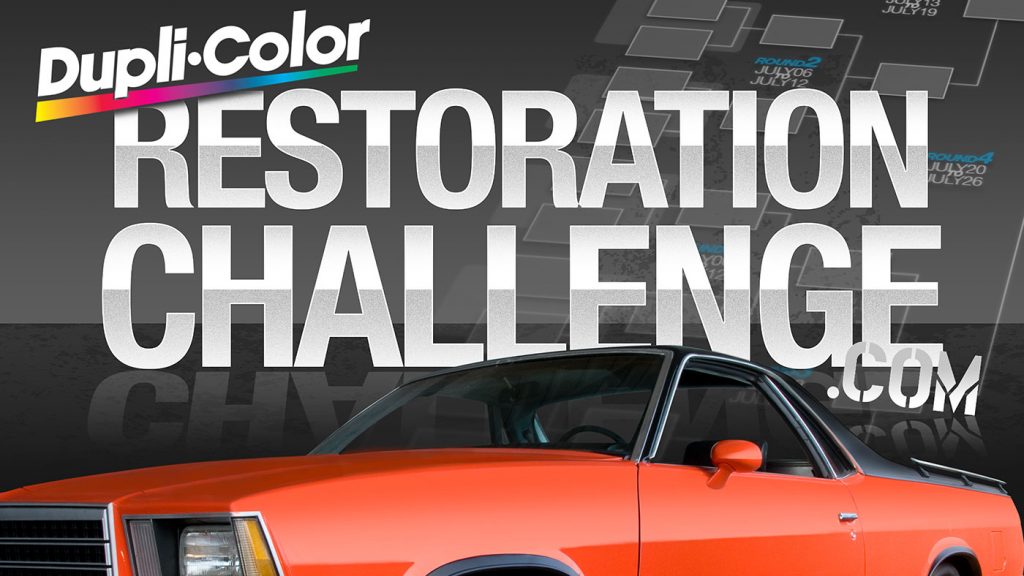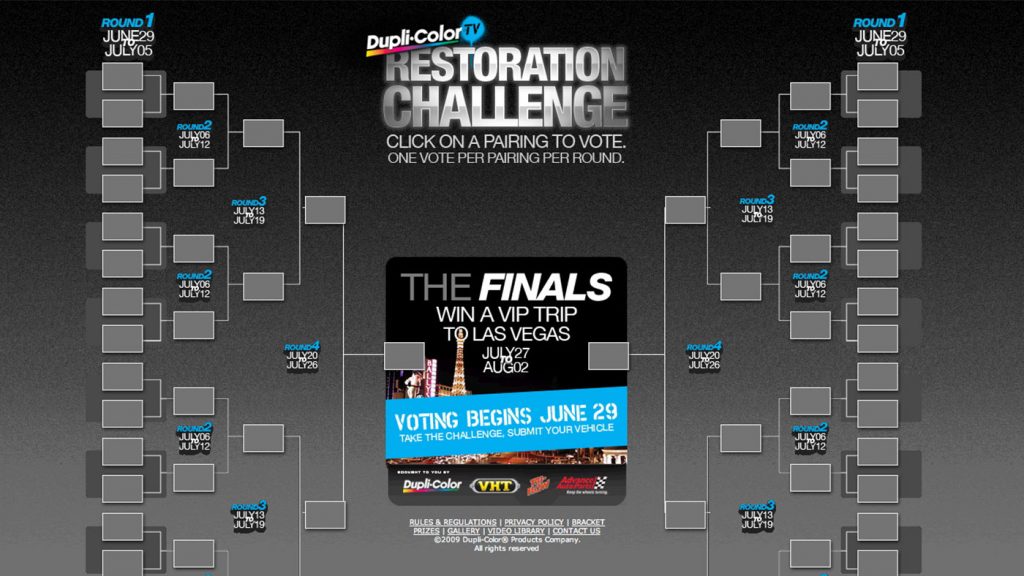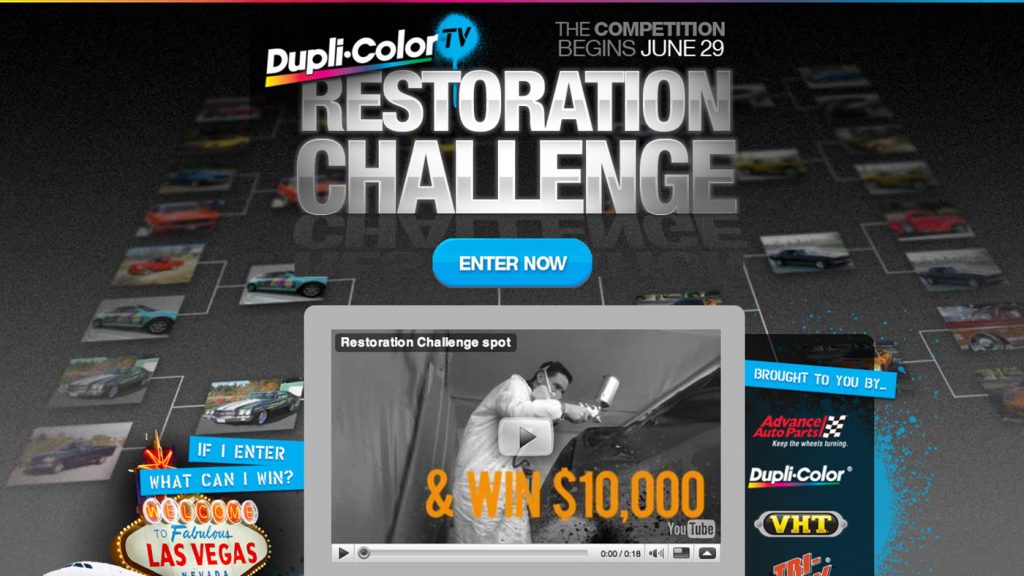We developed a user-empowering promotion — ideation to execution — that engaged the target audience and grew Dupli-Color’s community.

We developed a user-empowering promotion — ideation to execution — that engaged the target audience and grew Dupli-Color’s community.


When social media was still in its early stages of adoption by consumers, Dupli-Color — a leading brand of DIY automotive paint — aimed to create a presence and build its community in those digital spaces. Perhaps ahead of our time in understanding what people wanted from social media, the challenge we found with Dupli-Color was that we needed to build a following and build a database of contacts by engaging the audience’s interests, instead of just trying to sell to them through a different channel.

The concept we came up with was based on the idea that the promotion needed to be focused around allowing the audience to show off the work they were passionate about doing, whether they were using Dupli-Color products or not (if they were, it was a pleasant bonus). We developed the Restoration Challenge in order to showcase the skills of participants while collecting their information and earning connections on social media in the process.

The Restoration Challenge manifested in three different versions over three years, but each iteration of the competition was based on a “March Madness” style bracket. Each week, votes were collected to narrow choices down until we could announce a winner. Participants shared Dupli-Color posts in order to earn votes, which resulted in increased reach and opportunities to gain new followers and contacts.
In the program’s first year, we were looking for the best total vehicle restoration, expecting to start with far less than the 64 entires that typically make up March Madness. We ended up with over 1,000 entries, which we narrowed down to the best 32 for the bracket to compete for the grand prize. By promoting the competition through Courtney Hanson on Spike’s Powerblock show, a Google Adwords and YouTube campaign, and Dupli-Color’s brand new Facebook page, the promotion added 20,000 email addresses to Dupli-Color’s database.
The next year, we expanded the Restoration Challenge by adding categories that participants could enter, even if they only restored part of their vehicle (interior, exterior, wheels, etc.). We continued to promote through broadcast, as well as placing ads in the Popular Mechanics print magazine.
In its third and final year, the Restoration Challenge was open to “generation next.” We reached out to vocational schools around the country and gave them products to use in restoring a vehicle as a class project. The winners received prize money and a party DJ’d by Funkmaster Flex, a television personality in the automotive community. The promotion was supplemented with how-to videos and tips to help entrants do the best restoration they could.